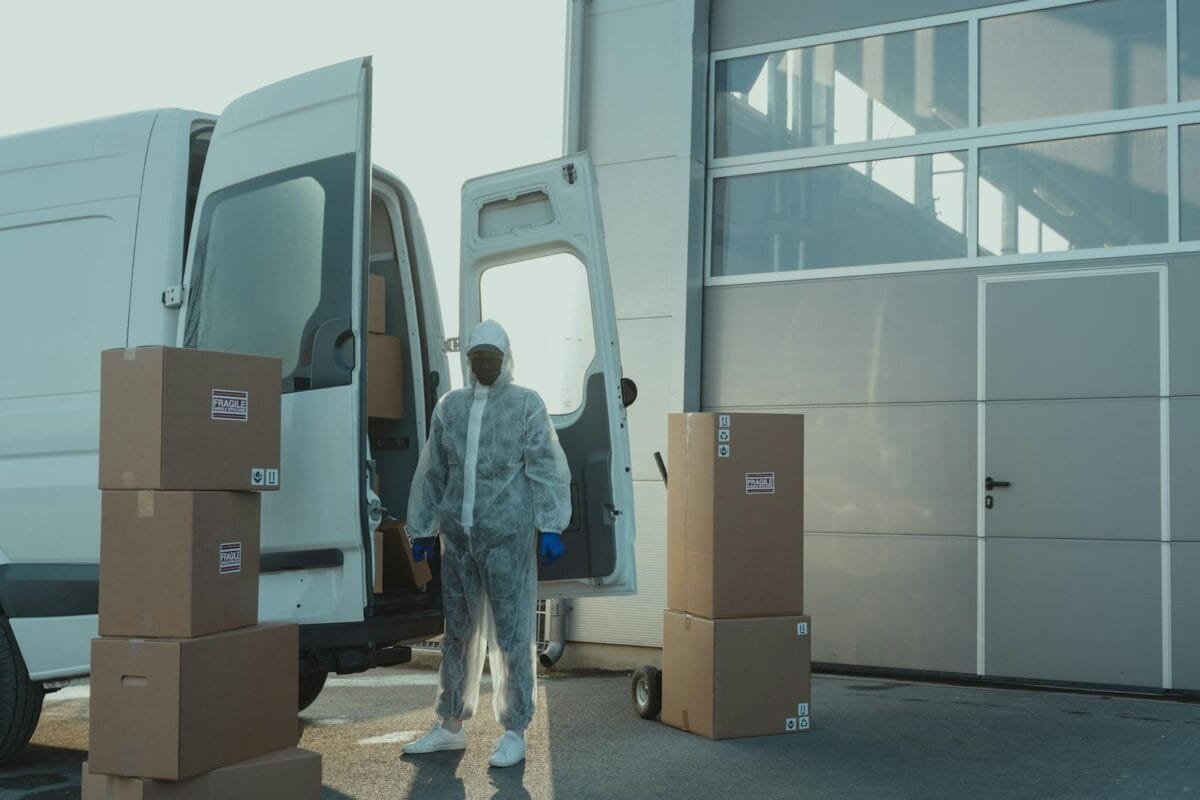The shipping container industry is a vital component of the global economy, facilitating the movement of goods across oceans and continents. However, with the industry’s continuous growth, there has been a corresponding increase in concerns regarding container security and theft. To address these challenges, significant efforts have been made to develop advanced container security technologies and strategies. In this article, we will delve into the latest developments in shipping container security and theft prevention, examining the current state of affairs and exploring cutting-edge solutions. Additionally, we will incorporate key statistics and data to provide a comprehensive analysis of the topic.
The Current State of Shipping Container Security
The current state of shipping container security is marked by a combination of progress and vulnerabilities. According to a report by the United Nations Office on Drugs and Crime (UNODC), global container traffic reached approximately 731 million twenty-foot equivalent units (TEUs) in 2020. With such a massive volume of containers in circulation, monitoring and securing each one presents a significant challenge.

Additionally, the UNODC estimates that the annual value of stolen goods from containers is around $30 billion. This highlights the urgent need for improved security measures within the industry. Despite these challenges, the sector has been actively working on enhancing container security and theft prevention.
Advancements in Container Tracking Technology
One of the most promising advancements in shipping container security is the use of advanced tracking technology. According to a market research report by MarketsandMarkets, the global container tracking market is projected to reach $4.8 billion by 2025, growing at a compound annual growth rate (CAGR) of 13.8% from 2020 to 2025. This substantial growth indicates the increasing adoption of container tracking solutions in the industry.
GPS tracking devices have emerged as a key technology in this area. These devices can be installed on containers, enabling shipping companies to monitor their location and movement in real-time. The transparency provided by GPS tracking not only helps prevent theft but also allows for more efficient logistics planning, reducing delays and optimizing supply chain operations.

Furthermore, the integration of blockchain technology has the potential to revolutionize container tracking and security. By leveraging the immutable nature of blockchain, companies can create a secure and transparent record of each container’s journey, ensuring the integrity of the supply chain. Research by Gartner suggests that by 2025, 20% of global trade organizations will use blockchain technology to enhance their supply chain visibility and security.
Biometric Authentication for Container Access

Biometric authentication systems have shown great promise in improving container security. These systems utilize unique physical characteristics, such as fingerprints or facial recognition, to verify the identity of individuals accessing containers. According to a report by MarketsandMarkets, the global biometrics market is expected to reach $47.2 billion by 2026, growing at a CAGR of 19.3% from 2021 to 2026. This substantial market growth indicates the increasing adoption of biometric solutions across various industries, including shipping container security.
In addition to fingerprints and facial recognition, companies are exploring the use of iris scanning technology for even more secure authentication. The iris contains complex patterns that are unique to each individual, providing a highly reliable method of identification. Research by Grand View Research suggests that the global iris recognition market is expected to reach $6.8 billion by 2028, driven by the growing demand for secure access control solutions.
The Role of Artificial Intelligence in Container Security
Artificial intelligence (AI) is playing a pivotal role in enhancing container security within the shipping industry. AI-powered systems can analyze vast amounts of data from sensors and cameras to detect potential security threats in real-time. The global AI in transportation market is projected to reach $12.8 billion by 2027, growing at a CAGR of 17.5% from 2020 to 2027, according to a report by Allied Market Research. This indicates the increasing integration of AI solutions in the transportation sector, including container security.
AI algorithms can identify suspicious behavior, such as tampering or unauthorized access to containers, and promptly alert security personnel. Moreover, AI can optimize security protocols by determining the best placement of security cameras or the most effective routes for security patrols, significantly enhancing overall security measures.

Future Trends in Shipping Container Security and Theft Prevention
The future of shipping container security and theft prevention is promising, with advancements in technology driving innovative solutions. As the industry continues to evolve, several key trends are expected to shape the landscape:
- AI-Powered Threat Detection: AI will continue to play a vital role in detecting and preventing security threats in real-time. The integration of machine learning algorithms and computer vision technologies will enable more accurate and efficient threat identification, reducing the risk of theft and unauthorized access.
- Blockchain for Supply Chain Security: The adoption of blockchain technology will expand, providing a secure and transparent record of each container’s journey. This will enhance supply chain visibility, reduce the likelihood of tampering or counterfeit goods, and facilitate seamless tracking and verification of shipments.
- Enhanced Biometric Authentication: Biometric authentication methods, such as facial recognition and iris scanning, will become more prevalent in container access control. These technologies offer higher levels of security and ensure that only authorized personnel can gain entry to containers.
- Integration of IoT and Sensor Technologies: The Internet of Things (IoT) and sensor technologies will continue to advance, providing real-time monitoring of containers’ physical conditions, such as temperature, humidity, and shock. This will enable prompt intervention in case of potential damage or theft attempts.
The shipping industry faces significant challenges in maintaining container security and preventing theft. However, advancements in container tracking technology, the adoption of biometric authentication systems, and the integration of AI-powered solutions are transforming the landscape. By leveraging these technologies and embracing future trends such as blockchain and IoT, the shipping industry can significantly enhance container security, protect valuable cargo, and ensure the smooth flow of goods across the global supply chain.
Check out our Blog for more logistics insights, tips and news


